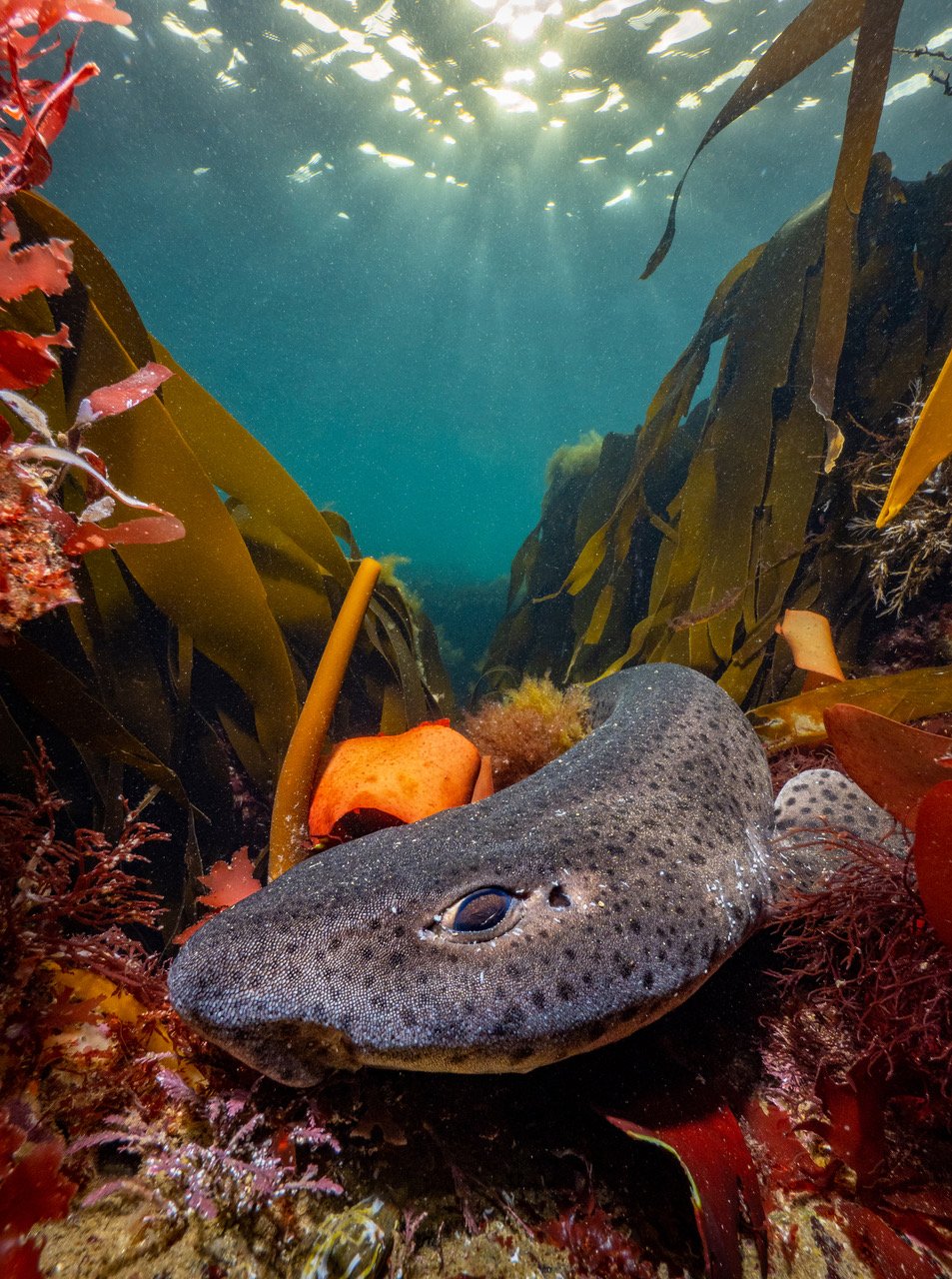In Conversation with Martin Stevens: Celebrating Our Underwater Heroes - Vol 4 Sneak Peek
In this interview, Beth PIHAMA sits down with Martin Stevens, an award-winning underwater photographer, writer and ecologist.
Article by: Bethany Pihama
Photography by: Martin Stevens
Martin’s photos are a window into another world.
From lush green kelp forests to delicate compass jellyfish and vibrant rainbow sea slugs, his images showcase the range of captivating species which can be found in Britain’s waters.
However, the species which feature in Martin’s photos are not always the most glamorous or iconic. Martin also chooses to frequently celebrate our hidden marine heroes - the species which you may not have given a second glance to, such as cuttlefish, flounder fish and limpets.
These elusive heroes, hidden from sight or too small to be considered noteworthy, are just as impressive in what they do. Seeing them featured in Martin’s work is a lovely insight into their veiled lives and a reminder to celebrate the more unusual creatures which inhabit our seas.
It was wonderful to sit down with Martin to discuss how photography inspires his work, what gives him hope for the future and his advice for budding underwater photographers.
B: Thank you for taking the time to speak to us, Martin! Can you tell us a bit more about yourself and your work, both in terms of your photography but also your work in academia?
M: For work, I’m a professor of sensory ecology, and in the lab we mostly study animal behaviour, coloration, and vision, especially in marine animals and birds. A lot of this is focused on colour change and camouflage, but we’re also increasingly investigating human impacts on the marine environment, animal coloration and behaviour (e.g. chemical pollution, noise pollution, climate change). My photography is really a passion, combined with diving and snorkelling and suchlike, and is all about capturing the wildlife we have locally, and beyond, underwater.
B: Your photographs are stunning. At Viridis Magazine we are lucky enough to work with a wide network of artists and photographers. Do you have any advice for budding photographers in the nature sector?
M: I think there are three really important things. First, have good field craft skills and learn what wildlife is around and when, including through the seasons, combined with strong ethics in wildlife photography. Second, whatever camera you have, take the time to really know how it works and experiment with different settings. Make sure you can get the most out of it. Third, often the most striking and impactful photos are planned in advance. You might have an idea in mind for a photo, think about how to take it, research when and where you are most likely to get that shot, and then aim to bring it all together. Many of the most famous wildlife photos you see (e.g. in places like the Wildlife Photographer of the Year competition) have been planned for some time. At the same time, it’s also good to be reactive to opportunities that come up unexpectedly.
Want to read more? To continue reading, and for full access to Volume 4: Hidden Worlds, shop Volume 4 now. Click the link below to access our shop.
You can see more of Martin’s work on his website or by following him on Instagram (@sensoryecology).

